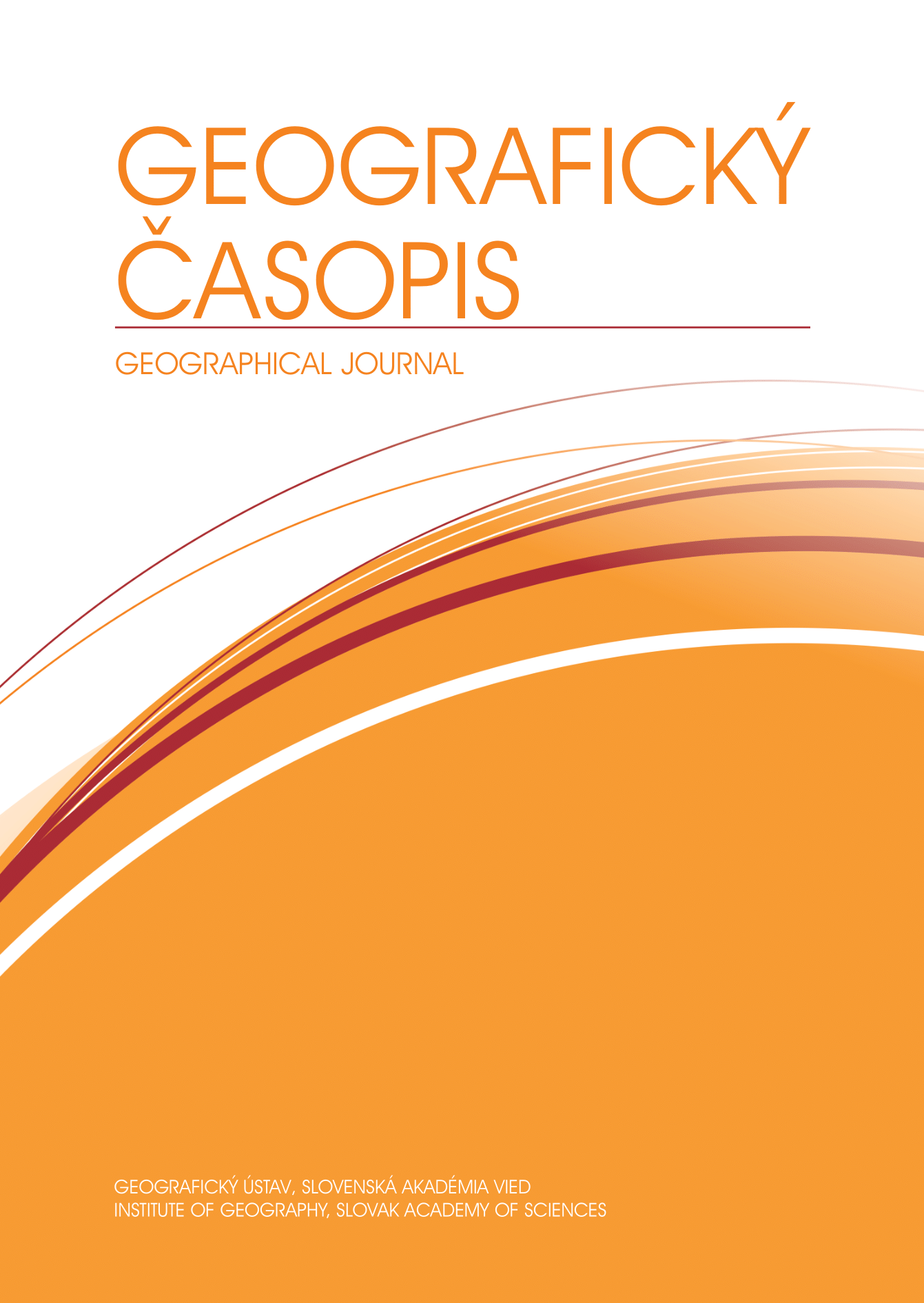Modeling future urban expansion and land use transitions in Gorgan Region of Iran using spatial prediction techniques
DOI:
https://doi.org/10.31577/geogrcas.2025.77.3.04Keywords:
LULC planning, Markov chain, satellite image classification, environmental protectionAbstract
The continuous expansion of urban areas without considering all the influencing factors has led to numerous problems in the field of urbanization. However, urban development modeling serves as a valuable tool for explaining the interrelationships between the man-made and the natural environment. In this context, the current research aims to model the spatial development of human-made areas using Land Change Model (LCM) and Markov Chain in Gorgan region. For this purpose, land use maps for the years 1991, 2006, and 2021 were prepared using Landsat images and Support Vector Machine (SVM) model and the trend of changes during the study period was evaluated. Furthermore, potential transition modeling and predictions for the years 2036 and 2051 were performed using Multilayer Perceptron (MLP) and Markov Chain methods, respectively. The results indicate an accuracy of over 75% for the generated land use maps in the study area. The increasing trend in residential, orchard, and rainfed agricultural land use classes and the decreasing trend in forest, irrigated agricultural, and rangeland land use classes during the research period are among the findings of this study. Additionally, urban development intensity during the period from 2006 to 2021 has been greater than the period from 1991 to 2006. The conversion of 1.83 square kilometers of irrigated agricultural land to residential and orchard areas in the Gorgan region area occurred during the time period from 1991 to 2006. In general, the transformation of land use classes from irrigated agriculture, forest, and rangeland to residential, rainfed agriculture, and orchard classes in Gorgan region predominates. The results and the approach used in this research highlight the efficiency of satellite data and information in the preparation and monitoring of land use/land cover changes and its application in urban development management.
Downloads
Published
Issue
Section
License
Copyright (c) 2025 Geografický časopis / Geographical Journal

This work is licensed under a Creative Commons Attribution-NonCommercial 4.0 International License.
The authors accept and agree to respect the terms and conditions of this public license. Published articles or their parts may be reused, provided that the names of the authors are mentioned and will serve only for non-commercial purposes.

